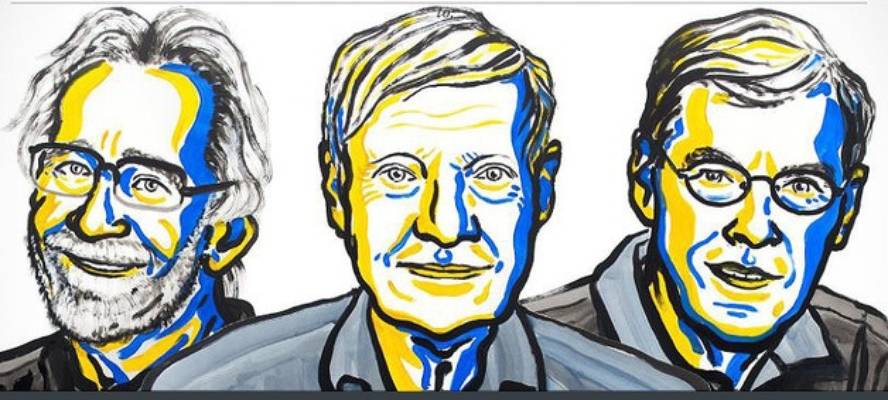Nobel Prize in Chemistry for the developers of electronic cryoxyroscopy for the study of the structure of biomolecules
It is often key for science to advance the invisible to the human eye, and the Nobel Foundation has recognized Dubochet, Frank and Henderson, through the Nobel Prize in Chemistry, that the very molecular machinery of life is put into images. In fact, before developing electronic cryoxyroscopy, scientists knew what the function of many cell molecules was, but they had little information in appearance. The aforementioned researchers realized what was previously difficult. In fact, the electronic cryoxyroscopy developed by them freezes the semi-moving molecules and makes them visible.
At first it was thought that electronic microscopes would not serve to obtain images of biological material, as the powerful electron beam could damage living matter. In 1990, however, Ricard Henderson managed to create the three-dimensional image of a protein in atomic resolution. Thus, he highlighted the capacity of electron microscopy.
Joachim Frank developed an image processing method that allowed him to convert diffuse two-dimensional images that provided electronic microscopes into a clean three-dimensional structure. Without these mathematical algorithms the electronic cryomicroscope was going to make a very different path.
Finally, Jacques Dubochet added water to electron microscopy by solving a big problem until then. In fact, in the vacuum of the electron microscope water evaporated rapidly and biomolecules collapsed. Dubochet managed to solidify liquid water around the biomolecules, so that, maintaining the solution, they did not lose their appearance.
Since then, electronic cryoxyroscopy has gone a long way and today scientists acquire three-dimensional structures of biomolecules in high and simple resolution. The Nobel Foundation has stressed that "biochemistry is at the door of an exciting future, since we can detect any corner of the cell at the atomic level".
The Nobel Foundation has recalled, among others, an example of recent years: when they suspected that the Zika virus could be the cause of the epidemic of birth of children in Brazil with brain damage, they used cryoxyroscopy to photograph the virus. These three-dimensional photographs allowed the development of medicines to combat infection.






